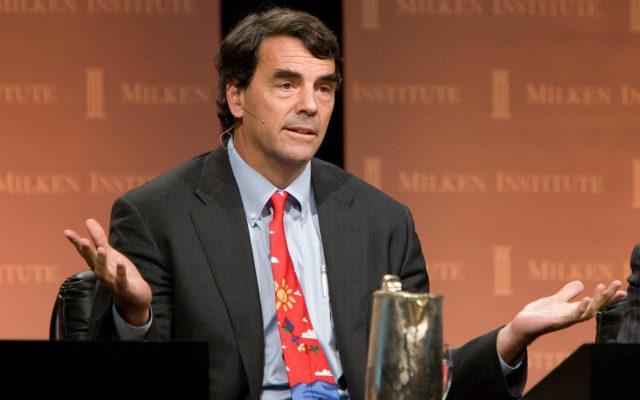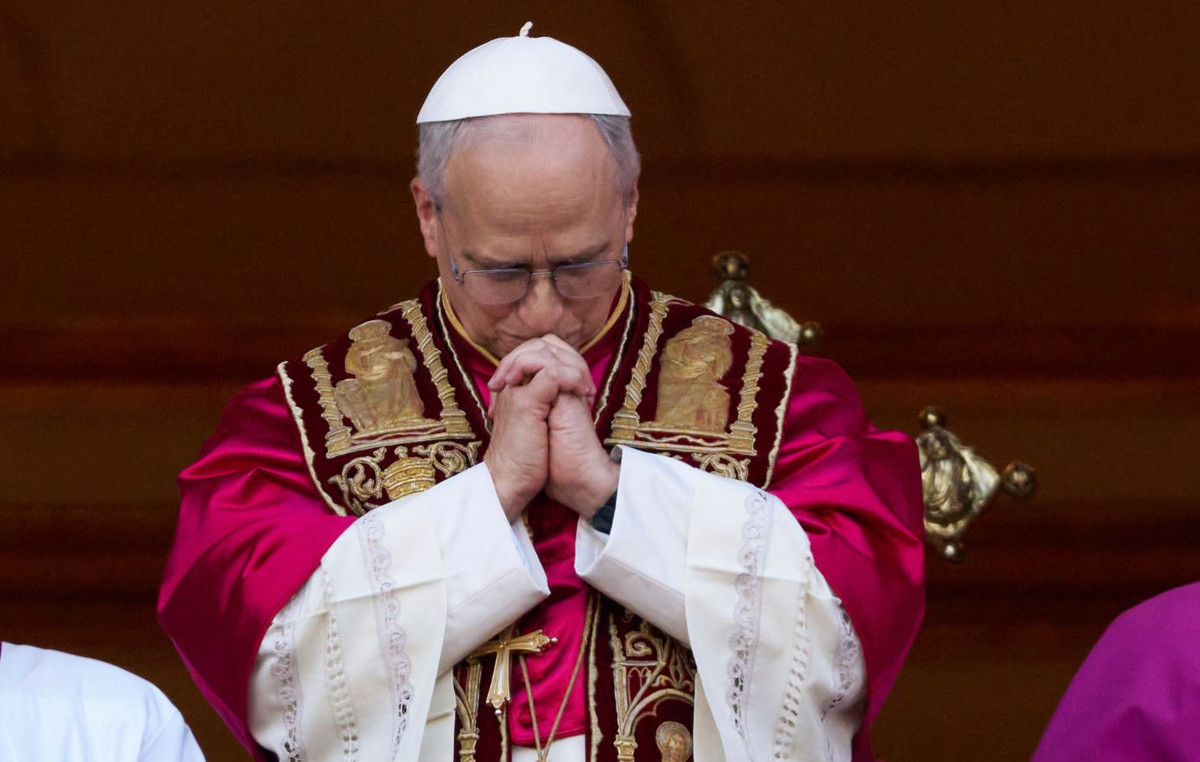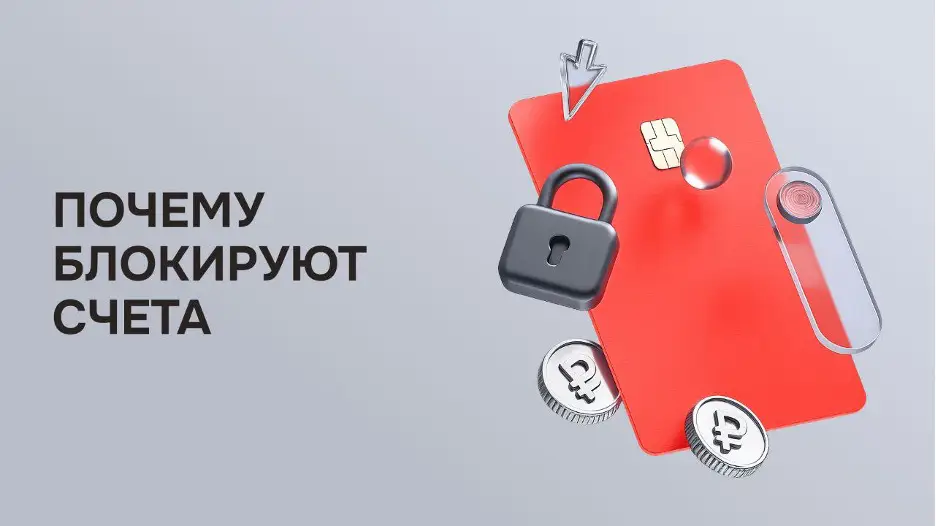According to the analytical platform IntoTheBlock, the size of the commission in the Ethereum blockchain has reached its minimum values since April 2020. According to service analysts, this happened due to a drop in intranet activity and the development of so-called second-level solutions, writes RBC Crypto.
Commissions for transactions on the Ethereum network are called “gas”. This is a unit of measurement of the amount of computing resources required to perform a particular operation (transfer and conversion of tokens, issuance of NFTs, operations in credit protocols and any other blockchain use case). The price of “gas” is indicated in Gwei, which is the designation for the smallest fraction of the Ethereum cryptocurrency (0.00000001 ETH).
The cost of “gas” is determined by intranet activity. During periods of market excitement, the main network does not have time to quickly process thousands of transactions that can be associated with any Ethereum use case. This leads not only to slow network operation, but also to inappropriately high commissions that are paid for any interactions with the blockchain.
So-called “second-level” (L2) blockchains help with this, luring some of the users. The technical features of such networks vary, but the basic principle of their operation is the same: they collect transactions into batches, process them on their own chain, and then transmit the result to the main blockchain. This relieves Ethereum of the load and allows for many times more transactions to be carried out, while simultaneously making them faster and cheaper.
According to the service Defillama, as of October 2023, the most popular second-level solutions are Arbitrum, Polygon and Optimism, with a total of 420 thousand active wallets. As of October 17, the protocols of these networks contained $1.7 billion, $687 million, and $597 million, respectively.
Source: Cryptocurrency
I am an experienced journalist and writer with a career in the news industry. My focus is on covering Top News stories for World Stock Market, where I provide comprehensive analysis and commentary on markets around the world. I have expertise in writing both long-form articles and shorter pieces that deliver timely, relevant updates to readers.







